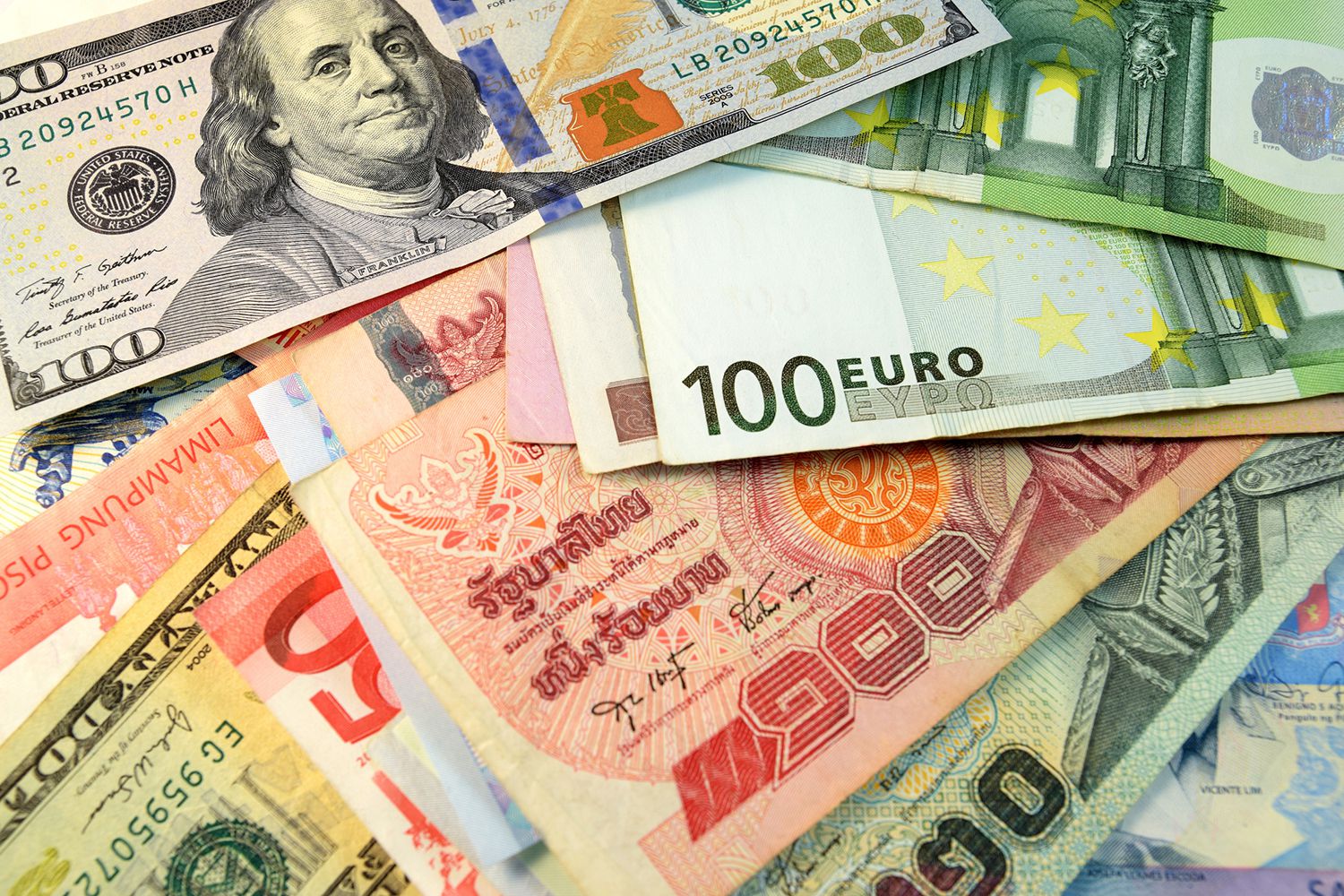Between December 2018 and December 2019, Kenya’s net Foreign Direct Investments (FDI) dropped by 27 percent by Ksh42.6 billion to Ksh115.14 billion (USD1 Billion), the Kenya Economic Report 2020 shows,
The report compiled by the Kenya Institute of Public Policy and Research (KIPPRA) shows the surplus in the capital account fell by 18.6 percent from Ksh28.35 billion (USD 262.5 million) in December 2018 to Ksh23 billion (USD213.6 million) in December 2019.
The financial account surplus recorded a 6.5 percent drop between December 2018 and December 2019.
The financial account surplus decreased from Ksh707.2 billion (USD6.54 billion) in December 2018 to Ksh669.6 billion (USD6.2 billion) in December 2019.
According to the report, the surplus in the financial account is partly driven by Government financing of infrastructure projects from external sources.
Another report published by the United Nations Conference on Trade and Development (UNCTAD) in June this year estimated FDI inflows to have fallen by USD294 million (Ksh31.3 billion) in 2019.
The UNCTAD report estimated the inflows at Ksh141.84 billion (USD1.33 billion) compared to nearly Ksh173.15 billion (USD1.63 billion) that foreign investors injected into the Kenyan economy in 2018.
As per UNCTAD’s report, Kenya’s FDI was largely driven by new projects in Information Technology (IT) and healthcare sectors.
UNCTAD’s report had projected that the inflows would dip further this year as investors will opt to be cautious due to the COVID-19 pandemic.
Balance of Payments
The Kenya Economic Report also shows deficits dominated Kenya’s overall Balance of Payment (BoP) position. However, surpluses were recorded in March and April 2019.
The BoP position improved from deficits of Ksh113.9 billion (USD1.05 million) and Ksh90.4 billion (USD837.2 million) in March and April 2018, respectively, to surpluses of Ksh77.9 billion (USD721 million) and Ksh127.9 billion (USD 1,184.7 million) in March and April 2019, respectively, before declining to a deficit of Ksh107.7 billion (USD997.3 million) in May 2019.
As of December 2019, the overall BoP deficit stood at Ksh113.9 million (USD1 billion) compared to the Ksh112.8 billion (USD1 billion) deficit in December 2018.
Official reserves grew by 7.2 percent between January 2019 and January 2020.
Official reserves rose from Ksh890 billion (USD8.2 billion), an equivalent of 5.3 months of import cover in January 2019 to Ksh959 billion (USD8.8 billion) or 5.4 months of import cover in January 2020, representing a 7.2 percent growth.
In May 2019, the official reserves stood at Ksh1 trillion (USD10.1 billion) (6.3 months of import cover), the highest level attained in 2019.
See Also>>>>Investors Wealth at NSE Rises by Sh88bn in Three Months

